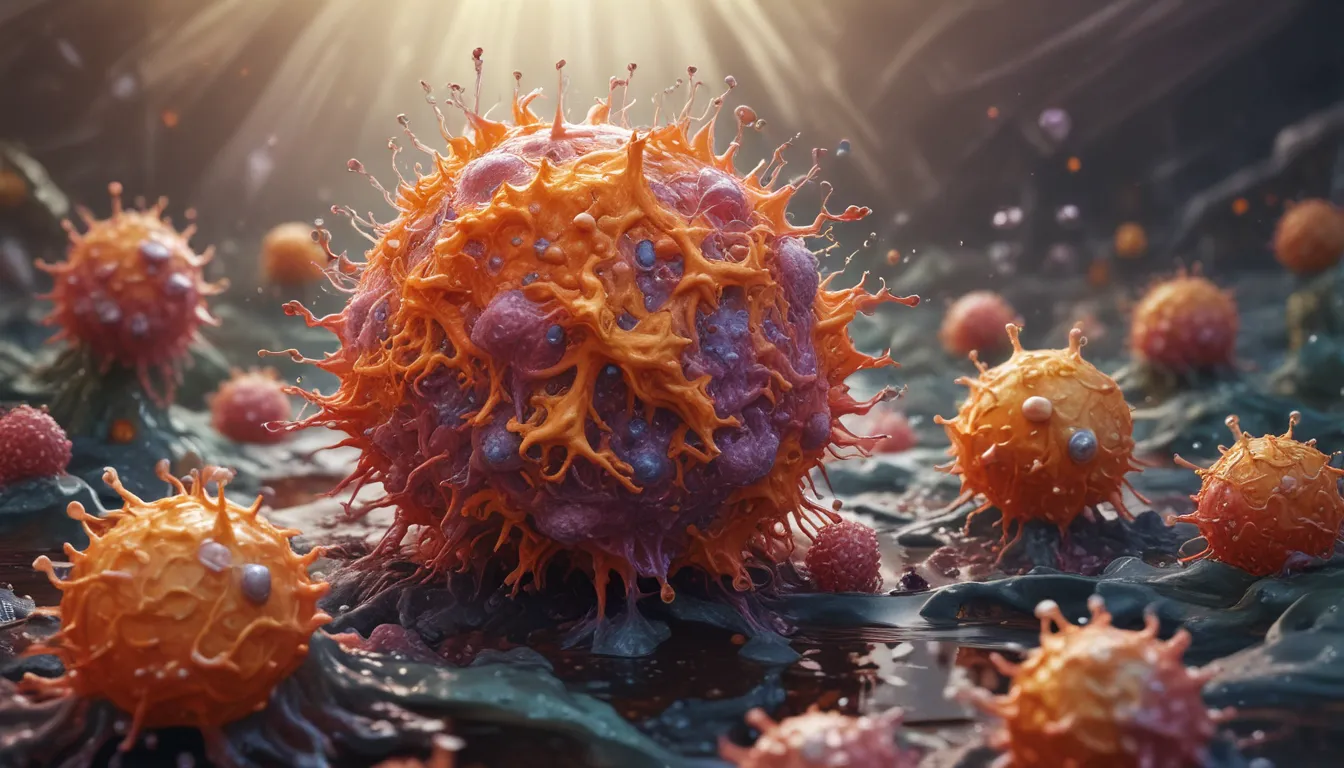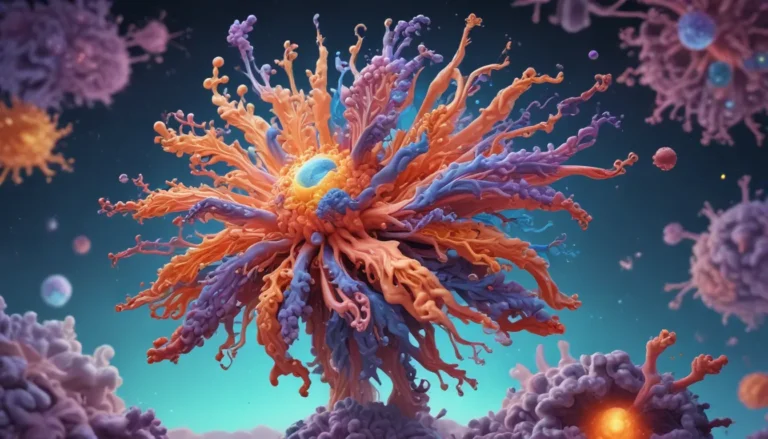A Note About Images: The images used in our articles are for illustration purposes only and may not exactly match the content. They are meant to engage readers, but the text should be relied upon for accurate information.
Phagocytosis, a remarkable biological process that serves as a superhero power for cells, plays a vital role in our immune system. Through engulfing and destroying harmful pathogens and foreign particles, phagocytosis safeguards our bodies from infections, ensuring our well-being. Join us as we embark on a journey into the captivating world of phagocytosis, unveiling eight mind-blowing facts that illuminate the intricate nature of this cellular phenomenon. From its origins to diverse types and extraordinary abilities, prepare to be amazed by the wonders of this biological mechanism.
The Wonders of Phagocytosis Unveiled:
Phagocytosis: The Defender of Cells
Phagocytosis, the process by which cells engulf and digest foreign particles, serves as a crucial mechanism utilized by various cells in the immune system to shield the body from harmful invaders. It involves the recognition, engulfment, and destruction of pathogens, cellular debris, and other foreign substances, acting as the first line of defense against infections.
The Immune Defense Powerhouse
Phagocytic cells, such as macrophages and neutrophils, stand as the primary components of innate immunity, patrolling the body to engulf and neutralize pathogens, thereby preventing their spread. Their vigilant actions shield us from potential invaders, highlighting the indispensable role of phagocytosis in immune defense.
Beyond Immune Cells
While immune cells take the lead as primary phagocytes, other cell types, including epithelial cells and certain white blood cells, are also capable of performing phagocytosis. This process aids in clearing cellular debris, apoptotic cells, and maintaining tissue homeostasis, showcasing the versatility of phagocytosis.
Unraveling the Complexity of Phagocytosis:
The Intricate Steps of Phagocytosis
Phagocytosis entails a multifaceted series of steps, starting with chemotaxis, where cells move in response to chemical signals, leading to adhesion, engulfment, phagosome formation, phagosome maturation, and ultimately, phagolysosome fusion for the degradation of engulfed material.
Target Recognition Mechanisms
Phagocytes are equipped with specific receptors that enable them to recognize and bind to targets for engulfment. These receptors can discern unique molecular patterns on pathogens or opsonins, molecules that coat foreign substances, marking them for destruction.
The Role of Opsonization
Opsonization enhances phagocytosis by coating foreign particles with opsonins such as antibodies or complement proteins, promoting the binding of phagocytes to targets and facilitating their engulfment and destruction, amplifying the efficiency of the process.
Phagocytosis: Beyond Defense and Development:
A Complementary Role in Tissue Remodeling
In addition to immune defense, phagocytosis contributes to tissue remodeling, removal of damaged cells, and clearance of cellular debris during critical processes like embryonic development, wound healing, and inflammation resolution, underscoring its significance in maintaining tissue integrity.
The Impact of Dysfunctional Phagocytosis:
A Gateway to Immune Disorders
Impaired or dysregulated phagocytosis can result in various immune disorders, leading to conditions like chronic granulomatous disease (CGD) and autoimmune diseases. Defects in phagocytic cell function jeopardize immune responses, underscoring the importance of proper phagocytosis.
Unveiling the Marvels of Phagocytosis
As we unravel the marvels of phagocytosis, it becomes evident that this extraordinary biological process embodies the innate power of our immune system. By comprehending the fascinating facts surrounding phagocytosis, we gain a profound appreciation for the intricate mechanisms that safeguard our health and well-being.
FAQs: Exploring Phagocytosis Further
-
What is phagocytosis?
Phagocytosis is the process by which cells engulf and destroy foreign particles, like bacteria or cellular debris. -
Why is phagocytosis important?
Phagocytosis is crucial for preventing infections, maintaining overall health, and aiding in tissue development and repair. -
Who are phagocytes?
Phagocytes are specialized cells, including macrophages, neutrophils, and dendritic cells, responsible for carrying out phagocytosis. -
How does phagocytosis work?
Phagocytosis involves target recognition, binding, engulfment, and destruction of particles, showcasing a coordinated cellular process. -
Can phagocytes recognize specific pathogens?
Yes, phagocytes possess receptors that allow them to recognize unique molecules on pathogens, ensuring selective engulfment. -
Can phagocytosis malfunction?
Yes, dysfunctional phagocytosis can lead to immune deficiencies, autoimmune diseases, or evasion mechanisms by pathogens. -
Can phagocytosis be enhanced or inhibited?
Certain substances or medications can modulate phagocytosis, either enhancing immune responses or controlling inflammatory reactions.
Embark on a Cellular Journey of Discovery
Explore the marvels of endocytosis, witness cells absorbing molecules, uncover intriguing facts about your immune system’s defense mechanisms, and delve into the realm of innate immunity, your shield against invading pathogens. Each topic invites you on a captivating journey through the intricate workings of life at the cellular level.
Join Us in Unveiling the Wonders of Phagocytosis
Our dedication to delivering trustworthy and engaging content drives us to continuously provide valuable insights and information. Each fact shared on our platform is contributed by real users, ensuring a diverse perspective and a wealth of knowledge. Trust in our commitment to quality and authenticity as you engage in a journey of exploration and learning with us.






